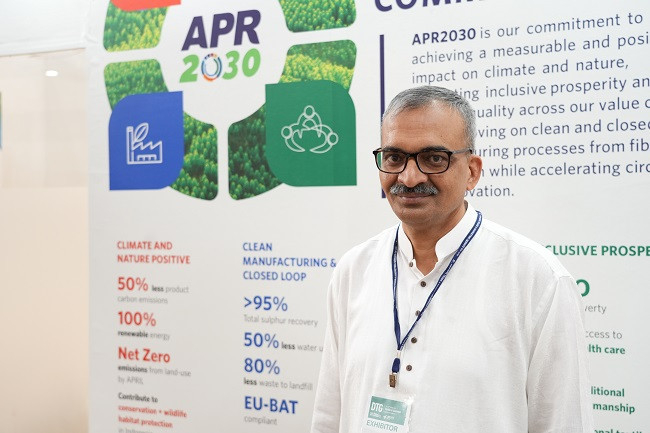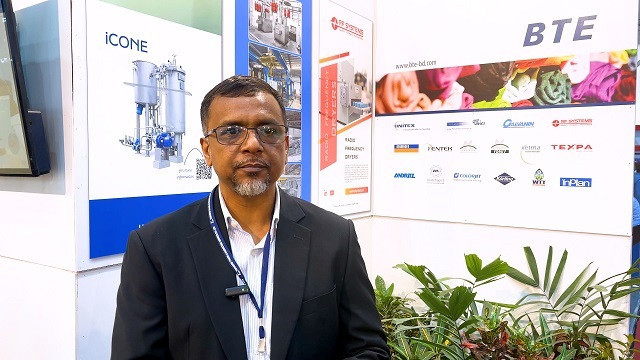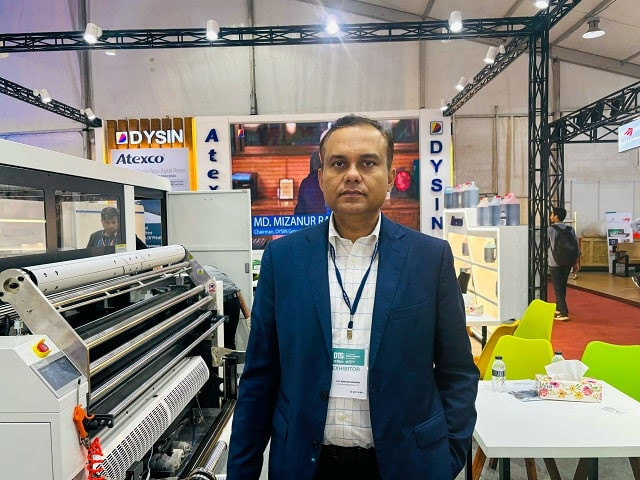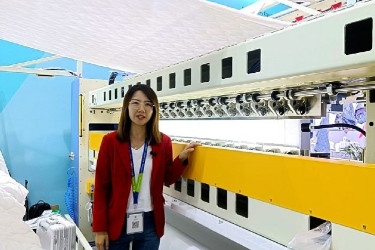Abed Textile’s bold step into ink and machine production
Digital printing to replace conventional methods within five years
Published At: June 30, 2025As the textile industry rapidly embraces digital transformation, Abed Textile Ltd. stands at the forefront of innovation in Bangladesh. The company has recently ventured into the production of digital printing inks and machines.
In this exclusive interview, Abdullah Al Mamun, Director, Bangladesh Textile Mills Association (BTMA) & Managing Director of Abed Textile Ltd., shares insights into their expansion journey, the future of digital printing, industry challenges, and key considerations in adopting digital technology.
Textile Today: Abed Textile Ltd. has recently ventured into digital printing inks and machine manufacturing—an impressive achievement for a Bangladeshi company. Kindly share the story with us.
Abdullah Al Mamun: Abed Textile Ltd. is a fully integrated textile composite unit, encompassing the entire value chain—from fabric production to processing, dyeing, and printing. In response to the growing global and domestic shift towards digital printing technologies, we have strategically expanded into digital printing ink production to stay ahead of industry trends. As the largest textile digital printing facility in Bangladesh, with a daily capacity of 100,000 meters.
To support our digital operations, we have established a dedicated subsidiary, Rossa Digital Printing Technology Ltd., which focuses on the production of high-quality digital printing inks. In collaboration with Chinese partners and exploring advanced technology and expertise, Rossa manufactures inks not only used in our own production processes but are also distributed across the local market, ensuring quality and reliability for a growing customer base.
In addition, this year, we have set up a digital textile printing machines manufacturing plant joining hands with a leading Chinese pioneering company. And by the end of this year, we will bring the first ever ‘Made in Bangladesh’ digital textile printing machines in the market.
Textile Today: How do you see the current trends in the global printing market shaping the future?
Abdullah Al Mamun: The global printing industry, including textile printing, has undergone a significant transformation in recent years and rapidly shifting towards digital printing due to its clear advantages. When factoring in both visible and hidden costs, digital printing proves to be more cost-effective and competitive than traditional methods. Additionally, it offers a much lower carbon footprint, making it a more sustainable choice. And I believe that within the next five years, digital printing will completely replace conventional printing techniques.
Textile Today: How can industry and policymakers collaborate to overcome current challenges and drive sustainable growth in digital textile printing?
Abdullah Al Mamun: Business challenges are constant, but recent global conflicts and Bangladesh’s upcoming LDC graduation have added new complexities. The key concern is our readiness to tackle these issues. Overcoming them will require a unified approach from entrepreneurs, the government, buyers, and other stakeholders—supported by strong, consistent policy measures.
Investment in digital printing technology remains limited due to a lack of accessible bank financing.
Textile Today: Kindly share the key decision factors for choosing digital printing technology.
Abdullah Al Mamun: When choosing digital printing technology, print quality should come first. The right printhead depends on the technology and fabric type—cotton, synthetic, etc. Ink consumption and DPI settings also affect cost and output. Considering fabric type, printhead compatibility, ink usage, and resolution is key to selecting the most suitable printing solution.
https://youtu.be/wALOCBGgLfg?feature=shared
Digital Printing Printing




